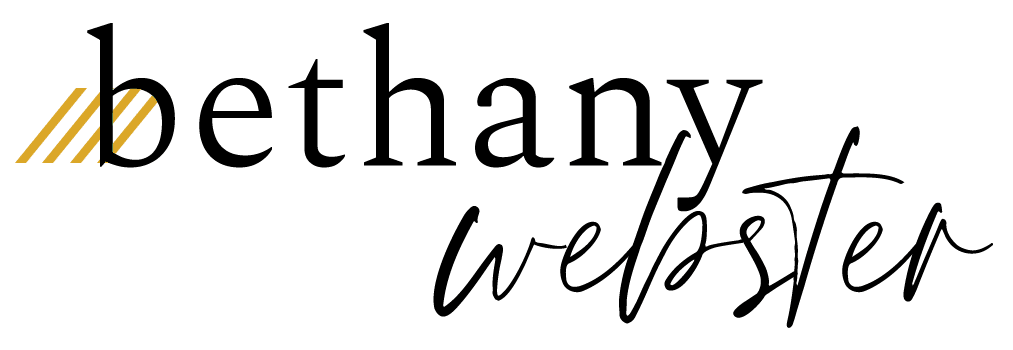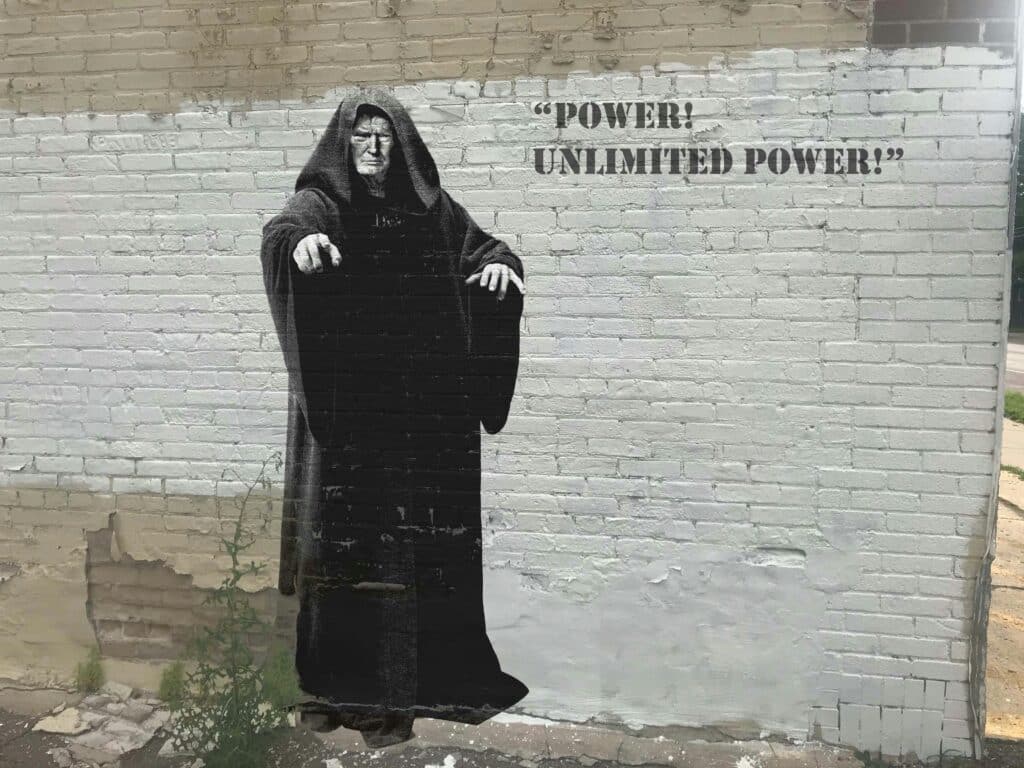Feminine Leadership and Boundaries With Eleanor Beaton

Here are the key takeaways from my interview with the founder of the Fierce Feminine Leadership podcast and an expert in women’s leadership, Eleanor Beaton. We discuss feminine leadership and the importance of boundaries and cultivating your voice.
As we untangle patriarchal beliefs we’ve inherited from our culture and our families, we will conflict with the traditional leadership models and our relationship with power. As we collectively create a new model of leadership, we need to revisit our relationship to power, explore and expand our voices, and experiment with boundaries.
Feminine Leadership Is Visionary
The traditional leadership model is patriarchal, authoritarian, hierarchal, linear, and competitive—and does not include or lift women. Eleanor has found that feminine leadership is creative, holistic, innovative, communicative, visionary, and focuses on the community. She mentions the power of your VOICE. Your voice is the vehicle of your power and thus, how you lead. As we heal from the patriarchal patterns and beliefs we have inherited, our true voice begins to emerge over time. We become bolder, braver and inspire those around us. Bethany has found that the women who do the deeper work of healing the Mother Wound, naturally emerge with a fuller voice of truth, inspiring those around them and making a change in the world.
“Power is the ability to effect change.” – Dr. Martin Luther King, Jr.
Eleanor suggests that the notion of voice in Western culture is influenced historically by classical antiquity (i.e. Grecian and Roman culture). Classical antiquity depicts women who are voiceless, silenced, or punished (even killed) for speaking and thus, powerless. As we cultivate a new understanding of leadership and power, it is important to witness what silences you and what lifts your voice. Emerging from patriarchy is really about emerging into our truth and using our voice and our power to benefit ourselves and for all.
What Is the Fed-Up Factor?
The Fed-Up Factor is when the pain of your current situation exceeds your fears. It is the tipping point where you are no longer willing to carry a burden for others at the cost of being your true self. It is the recognition that you need a new system that values your own time and desires over other people’s expectations. To grow beyond the Fed-Up Factor, boundaries are essential.
Feminine Leadership: The Risky Business of Boundaries
Women consciously calculate risk when making decisions, especially the risk to personal relationships, which we are taught to value above our own needs and desires. To overcome the fear associated with risking emotional relationships, we need the courage to draw clear boundaries. Women hide from success because of the fear of losing relationships and the fear of outshining others, among other things.
“Resistance arises when change triggers old fears.” – Bethany Webster
Women believe that creating large networks will reduce risk and we feel safer when we have lots of personal relationships, but this may not be helping us in leadership. Eleanor references a 2019 study that found the most successful women in leadership had, not a huge network, but rather, a small inner circle of 3-4 women that they spoke to regularly and transparently. Small circles may be more manageable because often we as women tend to feel a sense of obligation to caretake and uplift other women, which may feel overwhelming when we have larger networks.
“More than 75 percent of high-ranking women maintained a female-dominated inner circle or strong ties to two or three women with whom they communicated frequently.” – Northwestern Now
When you experiment with boundaries, you may experience an internal backlash (from your inner critic and inner child) and an external backlash (when your new identity conflicts with the expectations others have of you).
“It takes courage to kindly and firmly let people down.” – Eleanor Beaton
Remember that risk is essential for growth. Here are some ideas for how to work with boundaries:
1. Find Supportive Relationships with Interesting Women
Sometimes we need a safe place to even practice setting boundaries or to discuss what those boundaries are. Eleanor relays that time is critical; be around people who inspire you. Get clear on who you want to want to be around and your expectations. When you find great, interesting, supportive friends, hunt them like a panther and keep them close!
“Hunt them down like a panther… I imagine scanning the savannah [on the search for supportive relationships].” – Eleanor Beaton
2. Support Your Inner Child
Our inner child is often the gatekeeper of risk. As we draw boundaries and need to get more comfortable with risk, we may need to relearn how to support our inner child, console her, and help her feel safe.
“We need a safe cocoon to act out or practice ways to say no without losing relationships.” – Bethany Webster
We may need to find ways to set up our lives to minimize stress so that our inner child feels safe to take the risks that matter in leadership. Eleanor calls this, “Operation Reduce All Cortisol Levels.” (Note: If you are experiencing a lack of energy and desire, it may be time to see your doctor and request a cortisol test.)
In addition, we may need to uncover ways that we see life through a distorted and self-sabotaging lens. What you carry daily from your childhood may cloud your judgment in your professional life. For example, parentified daughters, or little girls that have to grow up fast, may be taught to see burdens as opportunities. Find clarity on what qualifies a good opportunity when you put yourself and your business first. In your professional life, working through these personal issues will help you untangle childhood trauma from your reactions to professional challenges.
“Take off the projection of exhaustion [related to business], which is about your childhood, and use your business for your emerging self.” – Bethany Webster
3. Listen to Your Physical Body
Eleanor shared that your physical body is a direct gateway to healing and a trustworthy guide. When presented with new opportunities, physically imagine yourself doing that opportunity and see if your heart soars or if you feel tired. If you feel tired, then say no. If you’ve already said yes, or are already involved, permit yourself to stop. Cultivate your inner compass. Get intuitive feedback on what feels good. Establish routine self-care. Eleanor recommends daily rituals like meditation, walking, and morning quiet time to encourage a relationship with your inner self.
How to Handle Backlash from Your Boundaries
When we recreate relationships and establish boundaries, we will undoubtedly receive backlash or experience turbulence (i.e., conflict). This is a natural, albeit uncomfortable, part of the process.
“Setting strong boundaries is a process. Teach yourself that it is safe to say no. Backlash is going to happen.” – Bethany Webster
Here are some tips to help you handle backlash:
- Get clear on your boundaries and why they are necessary
- Allow for an adjustment period after changing roles
- Support yourself in the truth of your boundaries (through affirmations or reminders)
- Find others who support you and your boundaries
- Recognize that backlash is reflective of their issues (and not yours to fix)
- Allow compassion for yourself and others in this process
- Recognize that some people will honor your boundaries and others will leave
- Harness the energy of backlash for your own creative endeavors
“I think of backlash as fire. You can use that fire to fuel something creative or something that you are doing. It gets stuck when you sit with it and stew on it.” – Eleanor Beaton
When you reach new levels when working through your Mother Wound, you will experience turbulence. Remember that it is temporary and a necessary part of growth on the path to leadership.
Feminine Leadership: Integration Questions
- What comes to mind when you think of leadership? What is today’s model? Does it work for you? If it doesn’t, what doesn’t work? How would you like it to change?
- What silences you? What lifts your voice? How is your power connected to your voice?
- Create a Boundary Manifesto by answering the following questions:
- What are your boundaries?
- Why are they necessary for you?
- How can you better support yourself in the feeling truth of your boundaries?
- Who can you talk to about this process that is supportive?
- Using your answers to the questions above, draft a mantra for that you can repeat or remind yourself of when a boundary causes turbulence (e.g., In support of my true self, I am prepared to let go of people who do not honor the new me)
- Practice saying no: experiment with saying no to people in your life and observe how they react. If you need to establish a safe place to practice saying no, connect with a friend and act out your “no” moment in dialogue (or practice facing a mirror)
- Who is your inner child and how is she your gatekeeper for risk? Is she tired? How can you make her feel safe? Write a letter to your inner child-gatekeeper to tell her that she is safe, that the current risks are not the same as any pain you experienced as a child, and ask her if there’s anything specific she needs from you to feel safer.
- Next time an opportunity arises, map the feeling of the opportunity in your body and use your emotions as a compass to make an intuitive decision. Start small and work this exercise into bigger decisions.
- Design your dream inner circle of 3-4 friends. What are they like? What are their qualities? How do you support each other? What do you talk about? How do you feel when you connect with them?
- Take 10 minutes to fill your calendar with time for self-care or activities that are important to you (e.g., writing, reading, meditating, walking). Block off this time and use it to put yourself and your desires first.
Resources
- Women and Power by Mary Beard
- Fed-Up Factor podcast with Eleanor
- Notre Dame and Northwestern research on gender networking (full study may be found here)
- Big Leap
- Martha Beck





